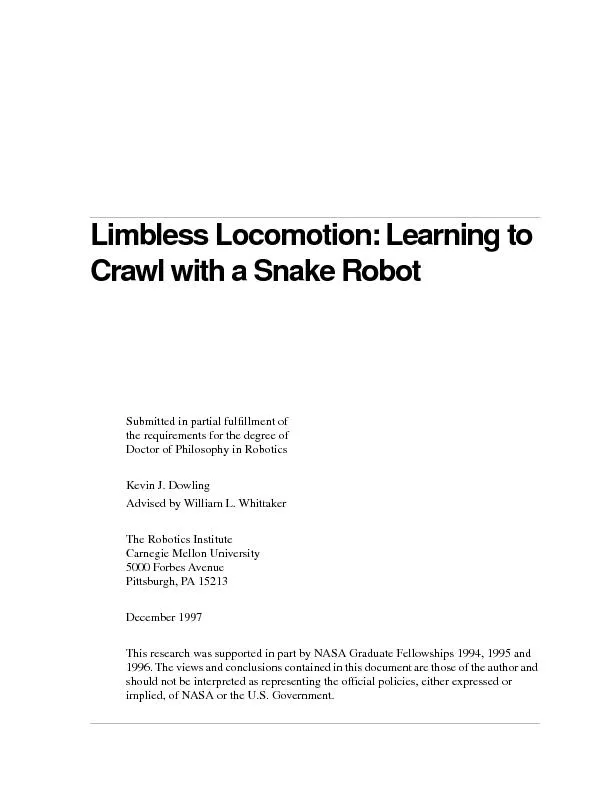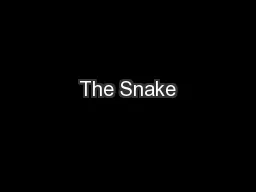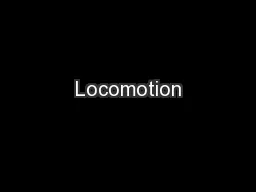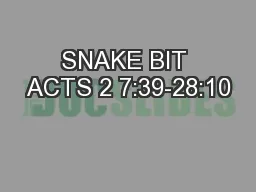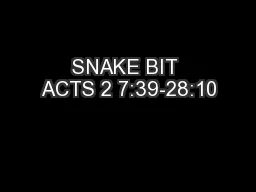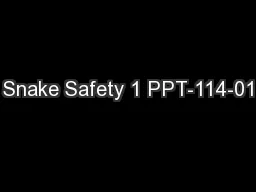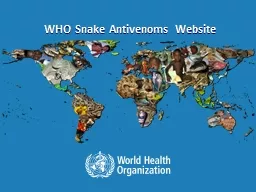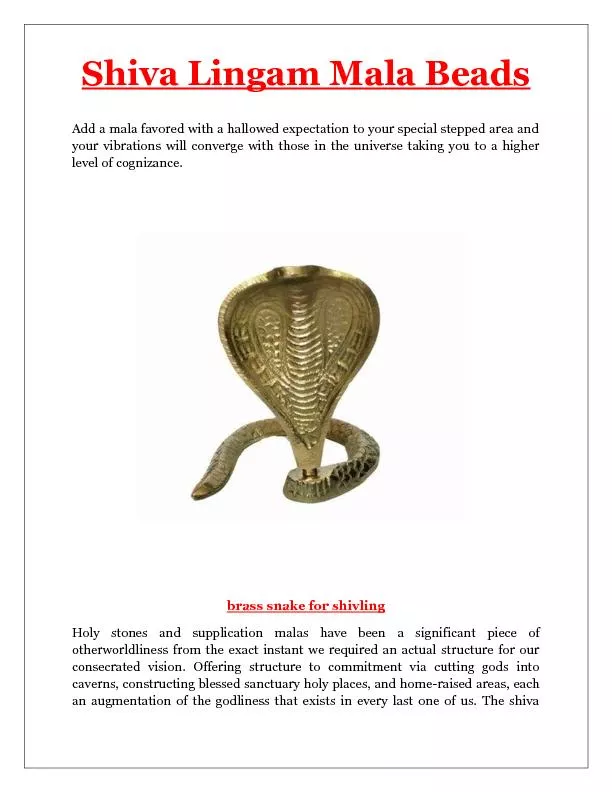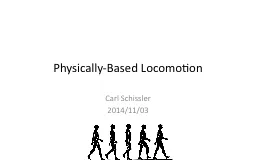PDF-Limbless Locomotion: Learning to Crawl with a Snake Robotthe requireme
Author : sherrill-nordquist | Published Date : 2016-06-21
1997 by Kevin Dowling Limbless Locomotion Learning to CrawlSnake robots that learn to locomoteSubmitted in partial ful
Presentation Embed Code
Download Presentation
Download Presentation The PPT/PDF document "Limbless Locomotion: Learning to Crawl w..." is the property of its rightful owner. Permission is granted to download and print the materials on this website for personal, non-commercial use only, and to display it on your personal computer provided you do not modify the materials and that you retain all copyright notices contained in the materials. By downloading content from our website, you accept the terms of this agreement.
Limbless Locomotion: Learning to Crawl with a Snake Robotthe requireme: Transcript
Download Rules Of Document
"Limbless Locomotion: Learning to Crawl with a Snake Robotthe requireme"The content belongs to its owner. You may download and print it for personal use, without modification, and keep all copyright notices. By downloading, you agree to these terms.
Related Documents

